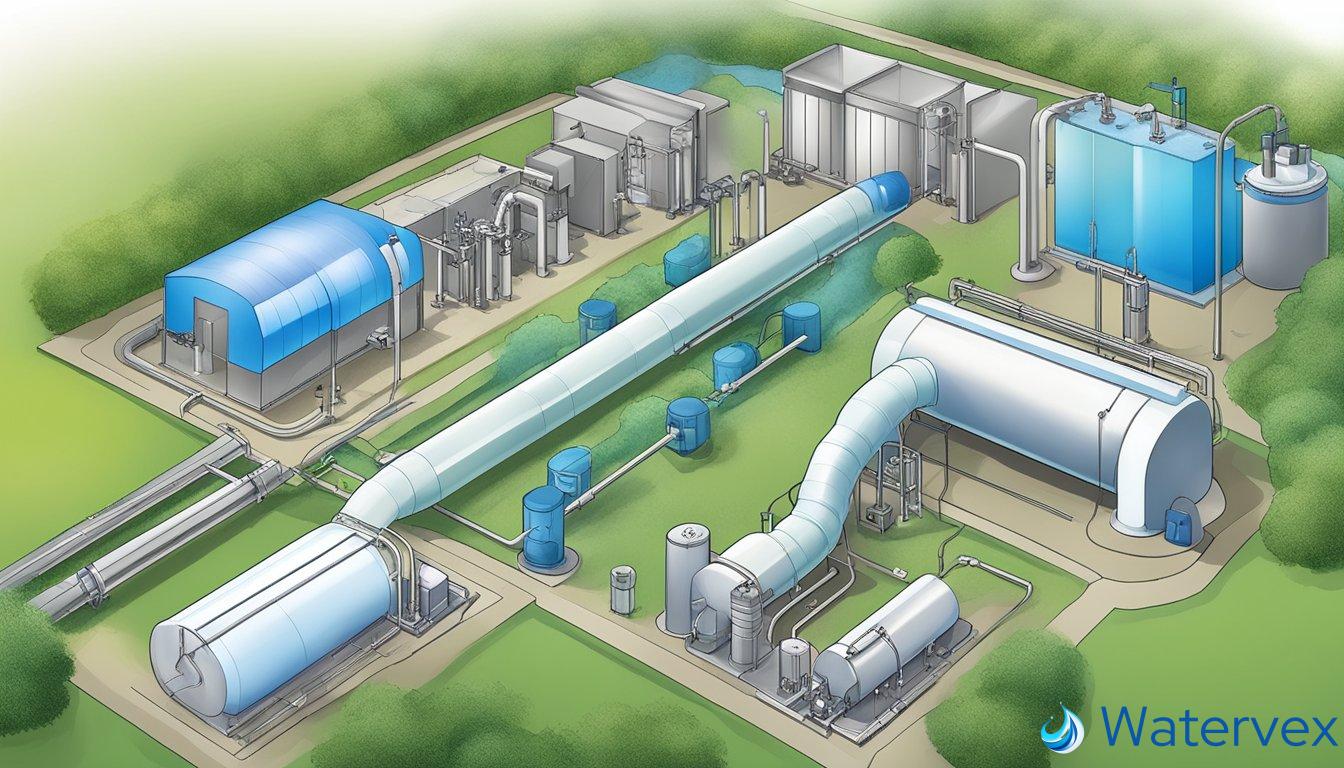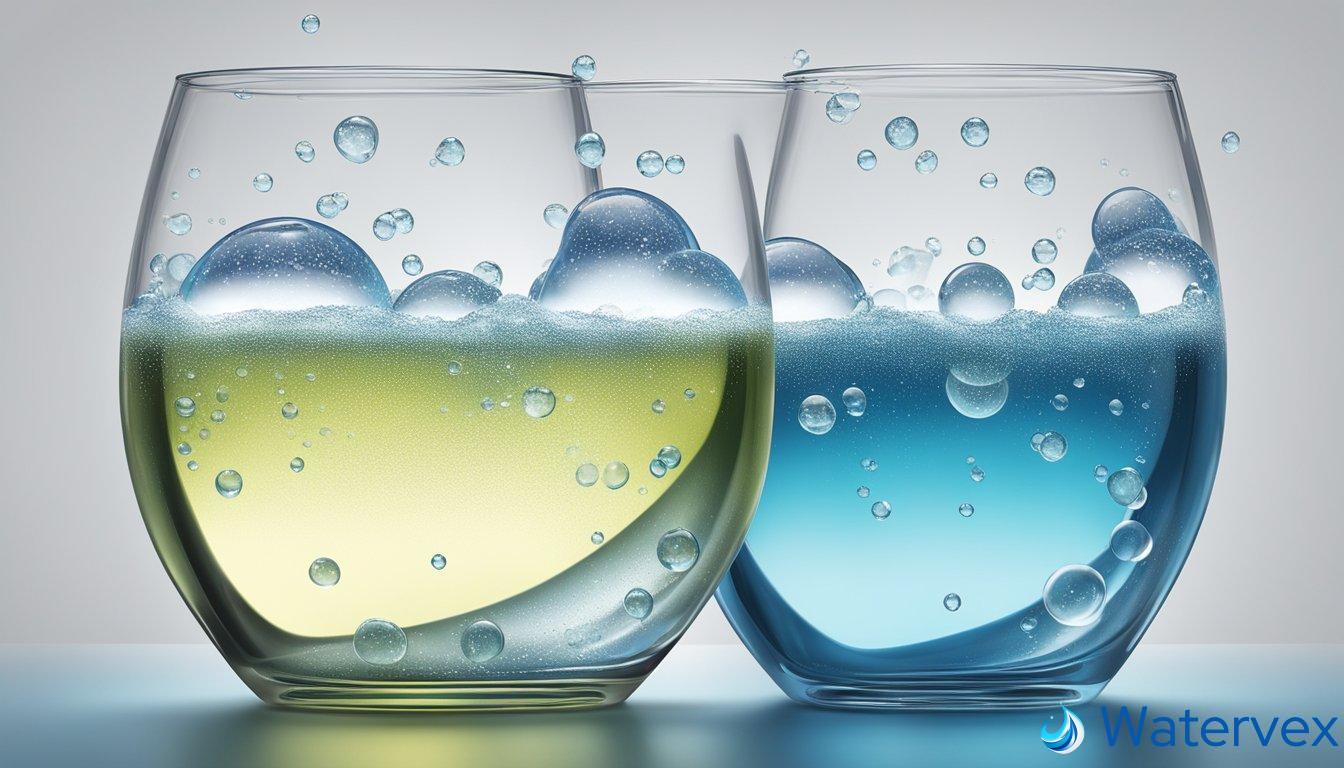Ozone water treatment is a sophisticated method that harnesses the power of ozone, a molecule composed of three oxygen atoms, transforming it into an influential ally in purifying water. This advanced technology has gained popularity for its ability to eradicate a wide array of contaminants from both potable and industrial water. As you explore methods to improve your home’s water quality, consider that ozone treatment is revered for its effectiveness against microorganisms and its ability to oxidize substances like iron, manganese, and sulfur without leaving harmful residues.

However, as with any technology, there are considerations to weigh before implementation. The high reactivity of ozone means it can be challenging to manage and may require complex equipment and frequent maintenance. There are also concerns regarding the potential for ozone to form harmful byproducts if not properly controlled. As you analyze your options for water treatment, understanding the balance between these powerful benefits and inherent drawbacks is crucial to making an informed decision for the safety and quality of your household’s water supply.
Key Takeaways
- Ozone is an effective water purifier, capable of neutralizing various contaminants.
- Management of ozone treatment demands attention due to its reactive nature.
- It’s important to evaluate both efficiency and potential risks in water treatment.
Benefits of Ozone Water Treatment
Exploring the advantages of ozone water treatment reveals its role as a powerful disinfectant capable of enhancing water quality.
Disinfection Efficiency and Speed
Ozone is remarkably efficient at disinfecting water because it acts faster than traditional disinfectants like chlorine. When you introduce ozone into water treatment, it immediately sets to work, attacking and neutralizing harmful microorganisms such as bacteria and viruses. What’s fascinating is that ozone’s disinfection capabilities are not dependent on high temperatures or long contact periods. It provides swift and effective disinfection, making it a go-to choice for ensuring water safety.
Ozone as an Oxidant for Contaminants
Beyond simple disinfection, the oxidation power of ozone effectively targets a variety of impurities, from organic compounds to inorganic metals. This means that when ozone bubbles through your water, it’s breaking down contaminants that other methods might leave behind. It’s this attribute that supports the removal of harmful pathogens and can make filtration systems even more effective. That’s right, by reducing the workload on filtration, ozone treatment can enhance the longevity of your home’s water treatment system.
Impact on Taste and Odor
Ever noticed a peculiar taste or smell from tap water? That’s often due to the presence of chlorine or other compounds. Ozone water treatment can improve the taste and odor of your tap water since it neutralizes these elements without leaving behind any intrusive flavors or aromas itself. This means your tap water could be safer and more pleasant to drink, which can be a significant relief for your family’s sensitive palates.
Drawbacks of Using Ozone in Water Purification

While ozone is a potent disinfectant for water purification, it’s important to understand the costs and potential risks associated with its use.
Operational Costs and Maintenance
Ozone water treatment systems require an ozone generator, which can be expensive to operate and maintain. The high reactivity that makes ozone effective also contributes to a higher cost of upkeep compared to some other treatment methods. Regular maintenance is critical, as ozone generators have specific operational requirements to maintain their effectiveness and safety. This can include regular servicing of the equipment and potential replacement of parts that may corrode over time due to ozone’s reactivity with metals.
Potential Formation of Harmful By-products
Although fewer by-products are typically formed compared to chlorination, ozone treatment can occasionally lead to the formation of bromate, a carcinogen, particularly in water that contains bromide. Bromate formation is a complex chemical reaction and controlling it requires careful management of the ozone treatment process. There is also the risk of producing other toxic by-products if ozone reacts with certain organic and inorganic matter in the water. Therefore, stringent monitoring is necessary to ensure that these potentially harmful by-products remain at safe levels.
Comparison to Other Water Treatment Methods

In this section, you’ll discover how ozone treatment stacks against traditional methods, focusing on its interplay with chlorination, various filtration systems, and its role in larger-scale commercial and industrial applications.
Ozone vs. Chlorination
Ozone is known for its exceptional disinfecting properties, rapidly neutralizing bacteria, viruses, and other microorganisms more effectively than chlorine. With ozone treatment, there’s an evident reduction in chemical byproducts as opposed to the chlorine-based treatment, which can leave behind harmful substances like trihalomethanes. Moreover, ozone dissipates quickly, leaving no taste or smell, whereas chlorine can alter both the flavor and odor of water.
Ozone and Filtration Systems
While mechanical filtration, like activated carbon filters and reverse osmosis, physically removes contaminants, including sediments and some dissolved inorganics, ozone acts as a powerful oxidant improving the efficiency of these systems. For instance, by pre-treating water with ozone, elements that are challenging for filtration to remove are oxidized, making the subsequent removal by filtration more effective. Furthermore, integrating ozone with ultraviolet light in a single treatment train can provide a comprehensive solution, pairing oxidation with additional microbiological control.
Ozone Treatment Within Commercial and Industrial Settings
In commercial and industrial water treatment, ozone is prized for its chemical-free approach to disinfection, thus contributing to meeting EPA pre-treatment standards. Scaling to an industrial level, ozone generators, particularly electrical ozone generators, are implemented for their efficiency and the benefit of leaving no chemical residues. This non-chemical approach avoids the logistical challenges of handling and storing disinfection chemicals which is especially critical in settings with stringent safety standards.

